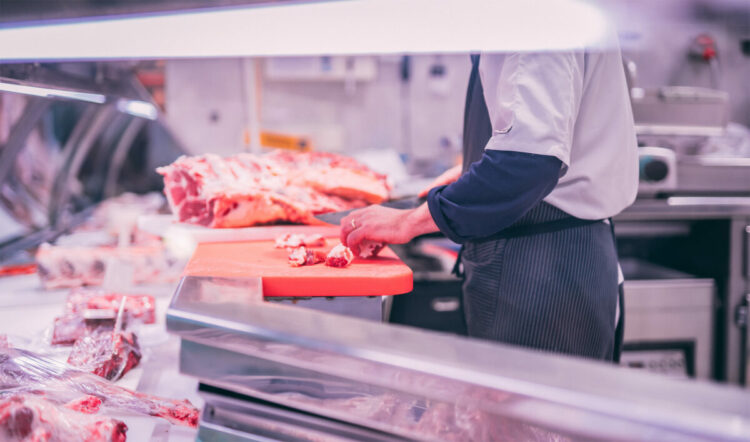
In April, during lab testing, one of the major slaughterhouses found that 2 cows were infected with the E. Coli bacteria. After hours of searching where the meat from these cows went, the slaughterhouse was able to notify the different companies. It then took another 3 days until these companies had an idea as to which meat they should recall and destroy. By this time the meat was already being sold at one of the big retailers.
Due to a lack of traceability covering this supply chain, the retailer lost complete track of which meat was infected and came from these cows. The result? Recall all the meat from the entire week! A total of 167 000 kg of meat would end up being destroyed. A lot of food waste at a staggering cost of 1,5 million euros. On top of this resulting in a bad reputation for the meat industry and meat consumption declining the coming weeks. The very large economic impact could have been avoided.
After a situation like this, the question arises who is responsible for this very high cost and who should pay for what? In this case, the retailer wanted the one slaughterhouse to pay for the full cost of the recall. However, the meat coming from everywhere and not related to this slaughterhouse was also destroyed making this a very difficult case to make.
As someone who also cares about all the animals that now died for no reason at all, you may wonder how we can avoid this situation in the future. Let’s break it down into three main problems. First, the very long time it takes to complete a recall. Second, not knowing which meat comes from which animal (lack of real traceability). Third, who is responsible for which amount. Time savings in the execution of a recall can result in the meat not being as far in the chain which would save the reputational costs and make it easier to find the meat to recall. Knowing where the meat exactly ends up at every point in time is essential to know exactly which meat to recover. Having a trustworthy and legally enforceable system to determine who is liable can save a lot of legal costs and time.
If you have read through this article so far, it might have already become obvious to you how becoming part of the Unova blockchain traceability platform will save you both time, money and reputation. It will become more and more important that everyone in the meat industry works together to keep the meat industry alive and protected from all these vegan alternatives and bad scandals.
